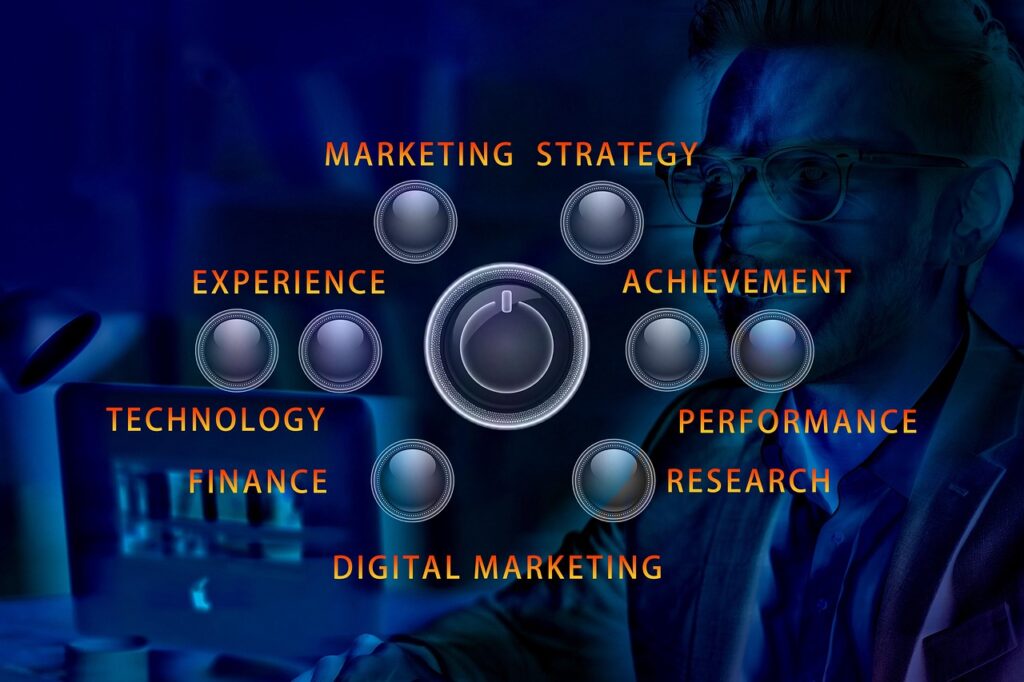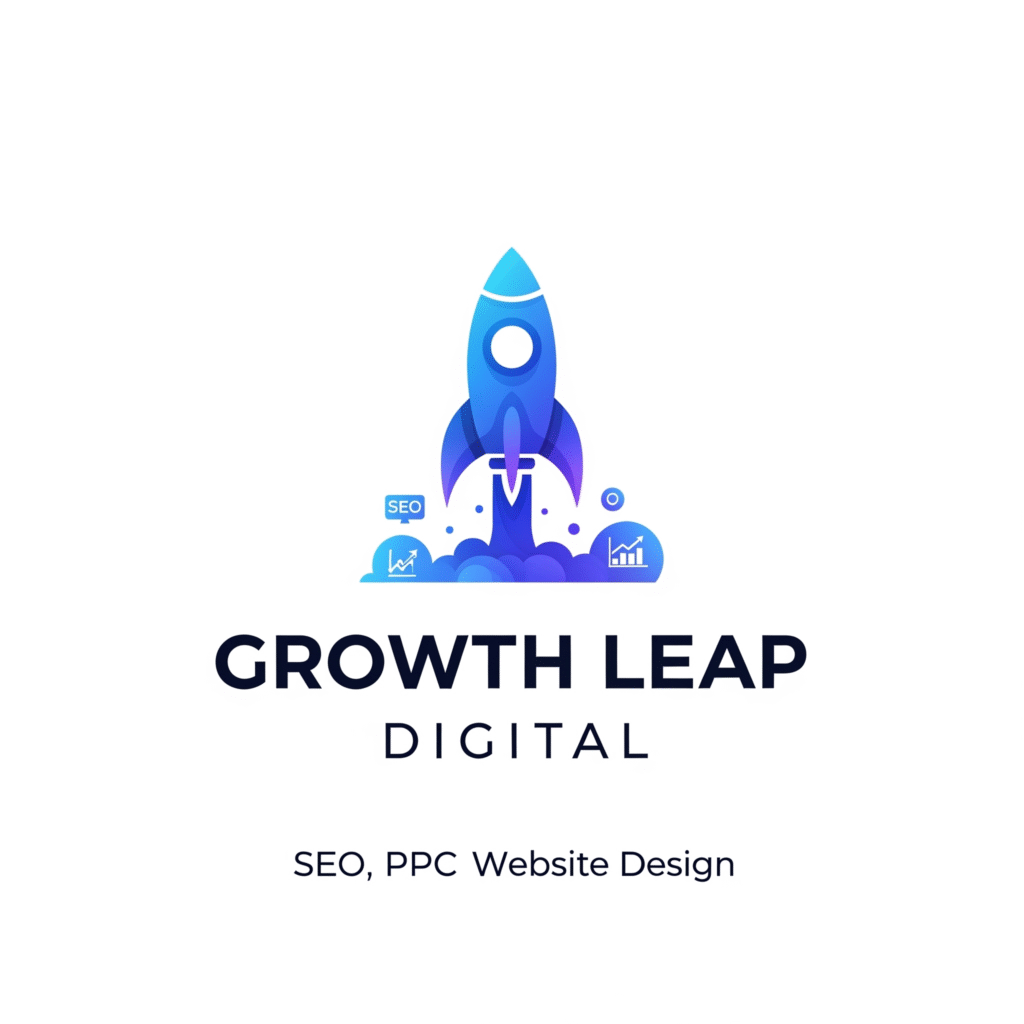Hey there, personalization enthusiasts! 👋 Ever wondered how we got from generic, one-size-fits-all marketing to the incredibly specific, almost mind-reading experiences we encounter today? It’s been an epic journey, truly the evolution of personalization!
For decades, businesses operated on the principle of mass appeal. Think about those classic TV commercials or newspaper ads – they were designed to reach everyone, hoping to resonate with someone. While effective in their time, they lacked the precision and intimacy we now expect. But thankfully, the game has changed, and it’s changed dramatically
The Dawn of Segmentation: Early Personalization Efforts

The first significant step in the evolution of personalization involved segmenting audiences. Instead of treating everyone the same, marketers started categorizing consumers based on demographics (age, gender, location), psychographics (interests, lifestyle), and basic behaviors. This was a revolutionary concept at the time!
Think of it as the early days of “you might also like…” recommendations. Catalogs were sent to specific zip codes, and email lists were segmented by basic preferences. It wasn’t hyper-personalization, but it was a vast improvement over broadcasting to the masses. This foundational shift paved the way for more sophisticated approaches to personalized marketing.
The Data Revolution: Fueling Deeper Understanding
The true turning point in the evolution of personalization came with the advent of big data and advanced analytics. Suddenly, businesses had access to unprecedented amounts of information about their customers’ online behavior, purchase history, and interactions across various touchpoints.
This data became the fuel for understanding individual preferences on a much deeper level. CRM systems became indispensable, allowing companies to track and manage customer relationships more effectively. This era saw the rise of sophisticated recommendation engines on e-commerce sites and content platforms, using past behavior to suggest relevant products and articles. The focus was firmly on improving the customer experience (CX).
Key Components of AI-Driven Personalization
- Data Collection and Analysis: AI algorithms process data from various sources, including browsing history, purchase patterns, and social media interactions, to build comprehensive customer profiles.
- Predictive Analytics: By identifying patterns and trends, AI can predict future consumer behaviors, allowing marketers to proactively tailor their strategies.
- Content Customization: AI enables dynamic content creation, adjusting messaging, visuals, and offers to resonate with individual users.
- Real-Time Engagement: Through chatbots and personalized recommendations, AI facilitates immediate, relevant interactions with consumers.
From Static Segments to Dynamic Personalization
No longer were customers just part of a static segment. Data allowed for dynamic personalization, where interactions could be tailored in real-time based on current behavior. This meant:
- Behavioral targeting: Showing ads based on recently viewed products.
- Dynamic content: Websites changing content based on a user’s Browse history.
- Personalized emails: Triggered emails based on abandoned carts or product views.
Benefits of AI-Driven Personalization
- Enhanced Customer Experience: Personalized interactions make consumers feel valued, increasing satisfaction and loyalty.
- Improved Conversion Rates: Tailored content is more likely to resonate with users, leading to higher engagement and sales.
- Efficient Resource Allocation: AI optimizes marketing efforts by targeting the right audience with the right message at the right time.
Challenges and Considerations
While AI-driven personalization offers numerous advantages, it also presents challenges:
- Data Privacy Concerns: Collecting and utilizing personal data must comply with regulations like GDPR, ensuring transparency and user consent.
- Implementation Costs: Integrating AI technologies requires investment in infrastructure and expertise.
- Maintaining Authenticity: Over-reliance on automation can lead to impersonal interactions; balancing AI with human touch is crucial.
Future Outlook
As AI technologies continue to evolve, their role in personalization will expand, offering even more sophisticated and intuitive marketing solutions. Brands that embrace AI-driven personalization will be better positioned to meet consumer expectations and stay competitive in the dynamic digital landscape.
Conclusion
AI-driven personalization is not just a trend but a fundamental shift in digital marketing. By leveraging AI to deliver customized experiences, brands can build stronger relationships with their audiences, driving growth and success in 2025 and beyond.
for more information click herehttps://medium.com/@teey2flow/the-evolution-of-personalization-in-digital-marketing-from-data-to-human-centric-engagement-092fe94f86d8


